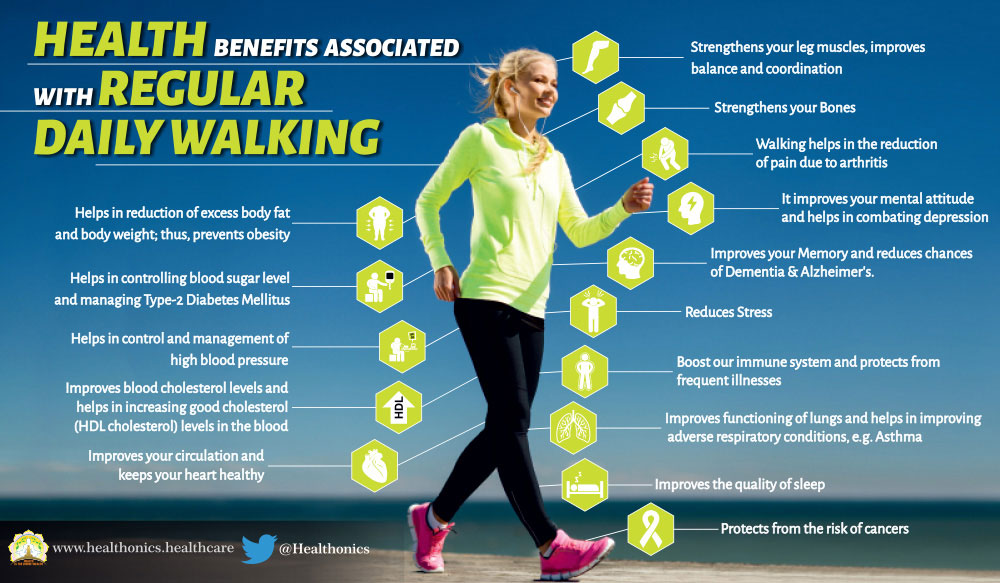According to a study, walking on a regular basis and at greater intensity could help in preventing type 2 diabetes in 70 to 80 year-old individuals. Researchers measured steps and pace in this age group and discovered that the more steps an individual takes, with more intensity, the lower the risk of getting diabetes.1✅ JOURNAL REFERENCE
DOI: 10.2337/dc21-1202
An important result from the study was that for every 1,000 steps a day, there was a 6% reduction in risk of diabetes. Meaning that if the average older individual was to take 2,000 more steps each day as well as their other physical activities, a 12% reduction in risk of diabetes could be expected.
Data was analyzed from the Women’s Health Initiative which was designed to characterize cardiovascular health and physical activity in postmenopausal women. The current study required a group of independently living women 65 and older without diabetes to wear an accelerometer for 24 hours each day for 1 week. The health of the women was monitored for up to 7 years.
The researchers wanted to understand to what extent walking is associated with diabetes, and also if 10,000 daily steps is really necessary for individuals in this age group to reduce diabetes risk. The primary goal of the study was to evaluate the associations between total daily steps taken and diabetes development. The secondary goal was to assess if step intensity or cadence had an impact on the risk of diabetes. There were 395, or 8%, of the 4,838 women who took part in the study that developed diabetes.
Individuals 65 and older are often living with disability or mobility difficulties. As physical activity declines, type 2 diabetes risk increases. There are 1.5 million individuals diagnosed with diabetes annually according to the American Diabetes Association.
If it were estimated that a third of that amount are older individuals, there would be 500,000 older people diagnosed with diabetes annually. If they were all to increase their steps by 2,000 steps every day and the 12% estimate is proven to be casual, it could be expected that 60,000 individuals would not get diabetes each year as a result of that increase in steps.
Prior prevention studies have proven that regular physical activity, together with an improved diet, can help reduce diabetes risk. A minimum of 150 minutes of physical activity of moderate to vigorous intensity every week is recommended for reducing the risk of a variety of chronic diseases, which includes diabetes.
Age is a significant factor in physical activity intensity levels. What’s moderate-intensity activity for older individuals is quite different compared to what’s moderate-intensity activity for middle-aged or young individuals. Individuals having mobility disabilities don’t need to walk as far, or as fast to engage in activity of moderate to vigorous intensity. Steps of moderate to vigorous intensity in this age group would be steps that result in breathing a little heavy and making it harder to have a conversation. A walk around the block is activity of moderate to vigorous intensity for the average 70 to 80 year old individual.
To account for all steps taken, not just those taken when exercising, the accelerometers made use of in the study counted all steps during the day, regardless if a person was at home moving from place to place, walking outdoors, or shopping at a store. It’s not enough for an individual to go walking just once a week, it’s important to include regular walking into a routine.

Image Source – healthonics



